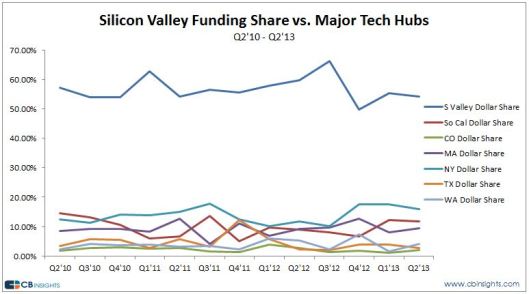The most important quality of a great CEO?
con·fi·dence
the state of feeling certain about the truth of something.
This series is for people who are currently a startup CEO or would like to become one, or are just interested in the topic.
CEOs ask people to do extraordinary things, especially in small companies that are trying to create something totally new and do it as quickly as possible. Their confidence is essential in getting people to do great things.
Often I am asked questions about the engine that drives the CEO, what makes someone an effective CEO, a successful CEO, a well-liked CEO. These are big questions, but a lot of my answers have to do with the subtle mental aspects of being a leader of other people, what I call the “soft dynamics” of leading. I dwell a lot on the psychology of great leadership as well as the functional skills.

When people have asked me the key to succeeding in the CEO job, the word that often comes to mind is CONFIDENCE. I think confidence is probably the most important attribute in being a strong CEO, critically important and it directs every other part of being any type of leader.
Real confidence, true confidence, not false confidence. The ability to move forward and make a lot of decisions quickly. Action, movement. Real confidence encourages honesty and fairness and good will. And vastly increases the odds for success.
Confidence relates to so much of our lives, and is a very complex feeling and form of sensory intelligence. It’s fairly easy to sense a lack of confidence, or false confidence in a leader, which tends to make them lose the loyalty of those who work for them. A weak, uncertain leader is a risk for everyone around them.

What creates confidence? That’s a key question, because if you can synthesise confidence for yourself, your life and everyone’s around you will be better. It allows your brain and body to relax, get focused, be stronger.
The best type of confidence comes from within, doing something you know for sure that you can do well. We all have our lists. For me, running, playing certain sports, naming rock-and-roll songs from the first few bars, doing jobs I’ve excelled at in the past; I have a lot of confidence in being able to perform well at these things.
In your work, as you become better and better at certain things, from practice, your confidence grows. When someone comes along and tries to shake your confidence, it doesn’t work.
Try to assess your own level of confidence. What are you strengths? What are your weaknesses? How do you fill these holes?

Tom Nora is a five time startup CEO and counsellor to a dozen startup CEOs. He is also the author of Hacking The Core on Amazon Kindle.





